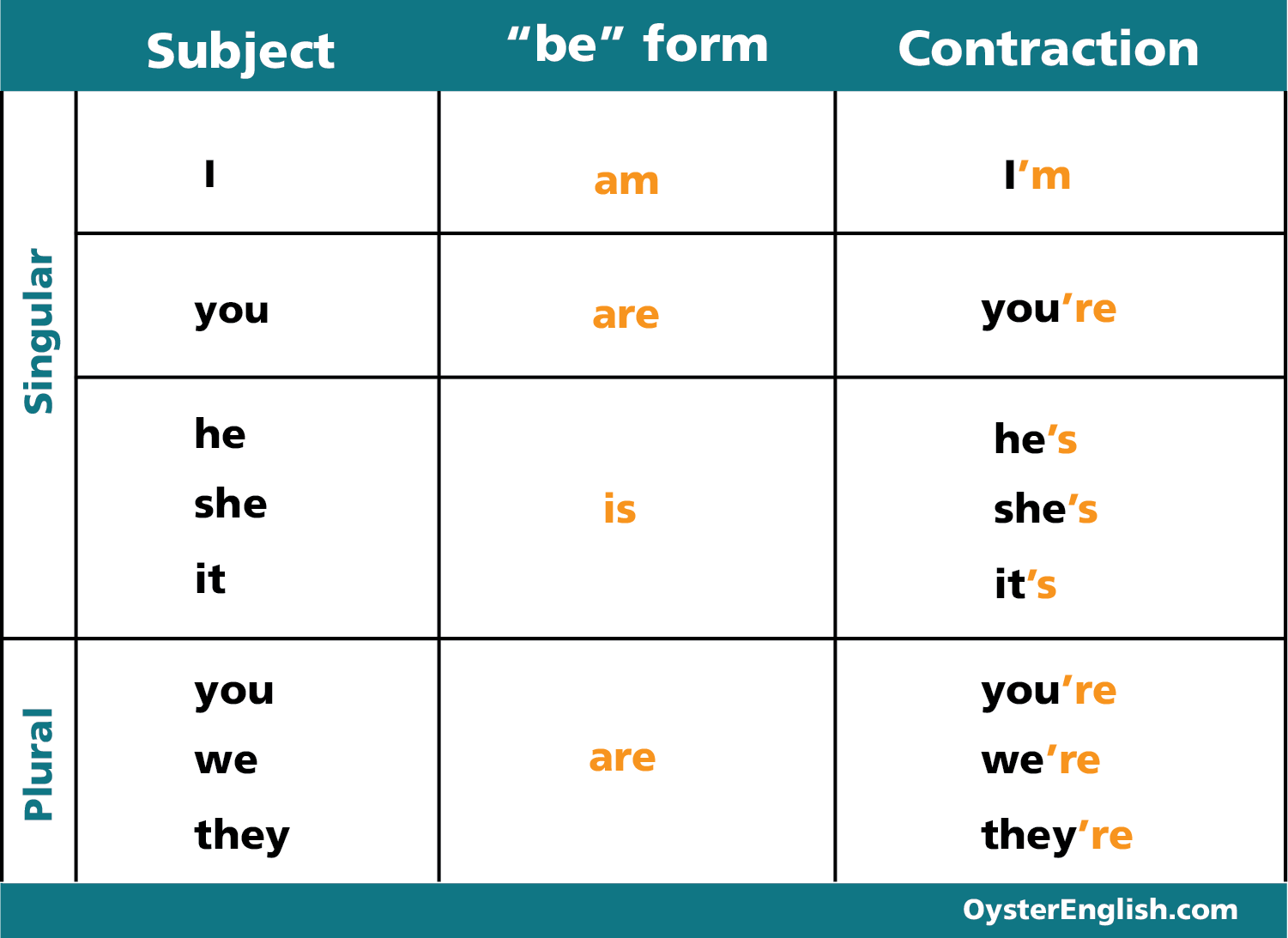Verbs are an essential part of language that help convey actions, states, or occurrences. Understanding the different tenses of verbs is crucial for effective communication in any language. In this article, we will explore the simple tenses of verbs and provide a helpful chart for reference.
Simple tenses of verbs refer to the basic forms of expressing actions in the past, present, and future. These tenses are straightforward and easy to understand, making them a good starting point for language learners.
Simple Tenses of Verbs Chart
| Tense | Example |
|---|---|
| Present Simple | I eat |
| Past Simple | I ate |
| Future Simple | I will eat |
The present simple tense is used to describe actions that are habitual or factual, such as “I eat breakfast every morning.” The past simple tense is used to talk about actions that have already happened, like “I ate lunch an hour ago.” The future simple tense is used to express actions that will happen in the future, such as “I will eat dinner tonight.”
It’s important to note that the simple tenses of verbs can be modified with auxiliary verbs or adverbs to convey more specific meanings. For example, adding “often” to “I eat” changes the meaning to “I often eat.” Similarly, using “yesterday” with “I ate” clarifies the timing of the action.
Practicing with simple tenses of verbs in different contexts can help solidify your understanding and improve your language skills. Whether you’re a beginner or looking to refine your grammar, mastering the simple tenses of verbs is a fundamental step in language learning.
In conclusion, the simple tenses of verbs are essential components of language that help convey actions in a clear and concise manner. By familiarizing yourself with the present, past, and future simple tenses, you can enhance your communication skills and express yourself more effectively. Use the provided chart as a reference guide and practice using simple tenses in various sentences to reinforce your understanding.
